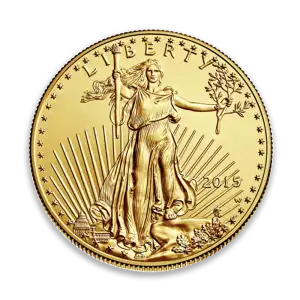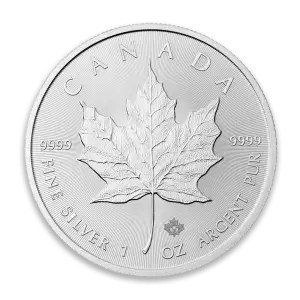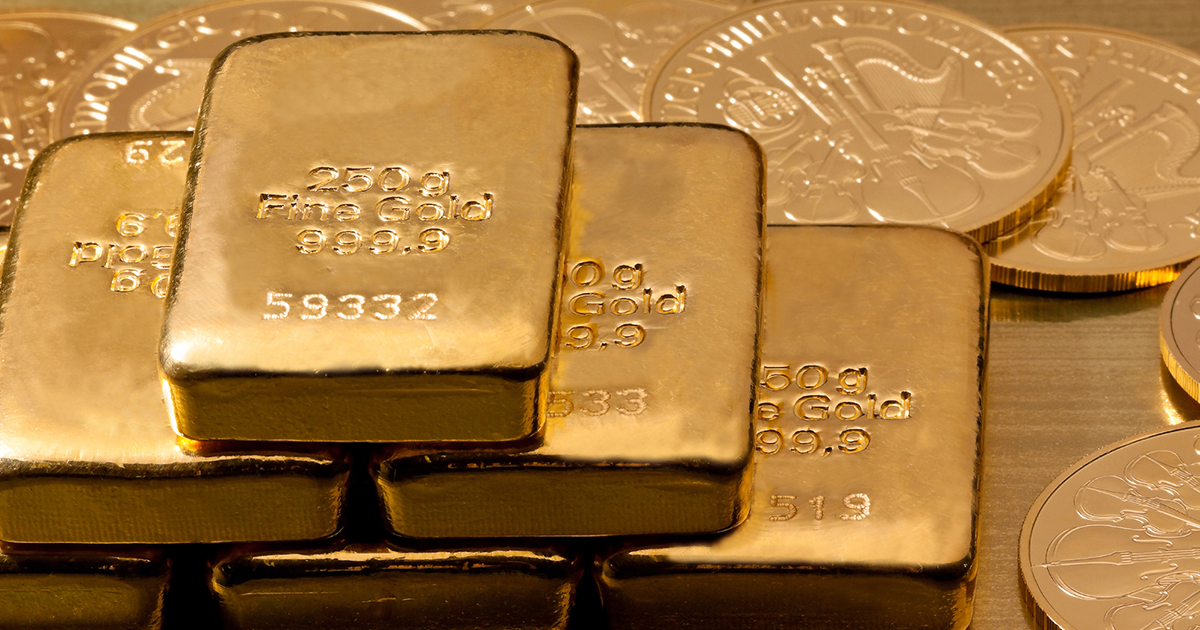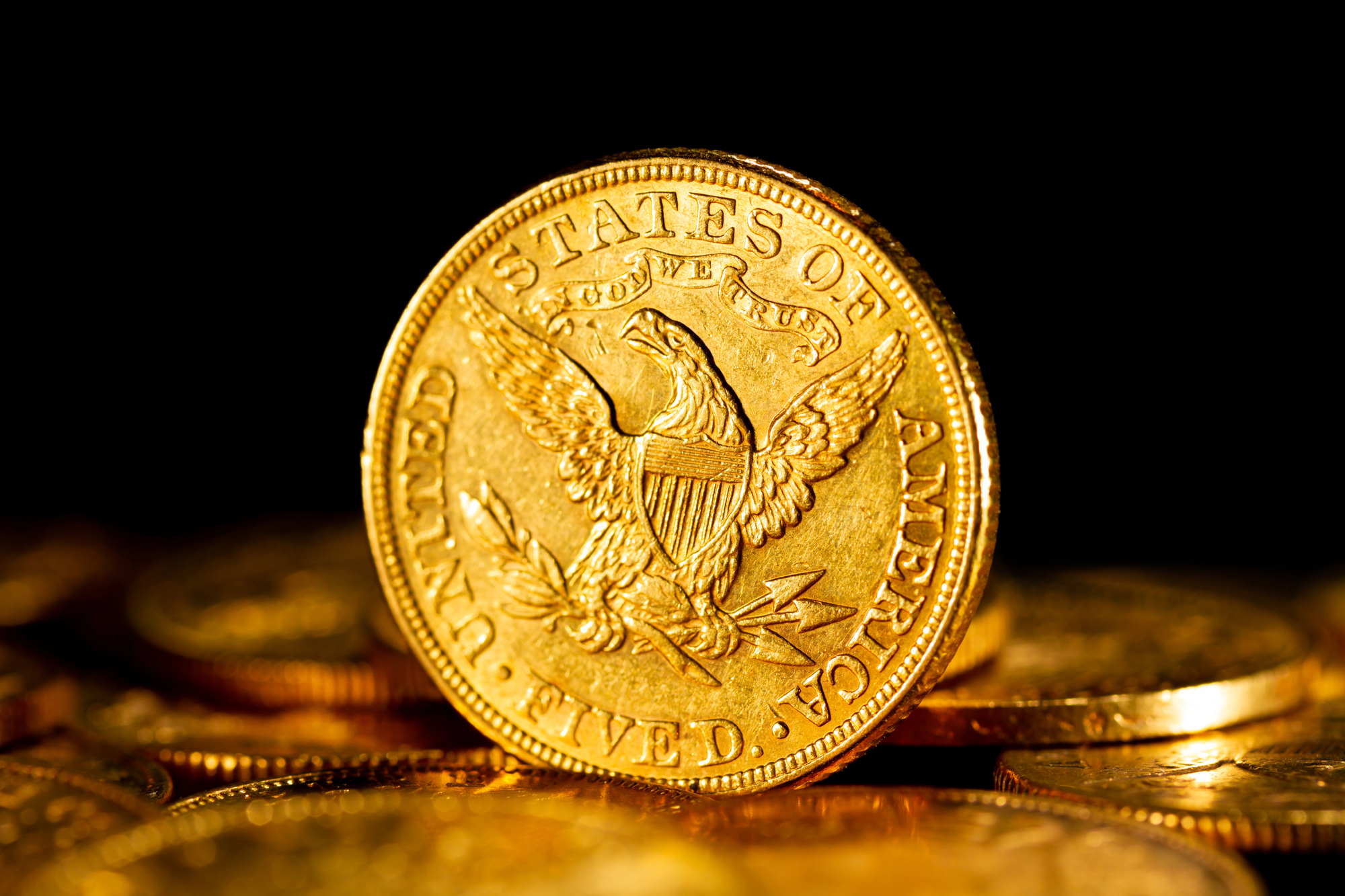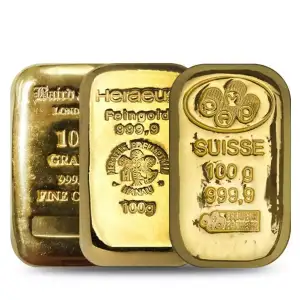
What’s the Smarter Choice?
As 2025 unfolds with economic uncertainty and shifting investor priorities, many are asking: should I invest in precious metals or stocks? Both asset classes offer unique advantages, and choosing between them - or combining them strategically - can significantly impact your financial future.
In this article, we’ll explore the pros and cons of precious metals vs stocks, examine the latest trends, and help you decide what’s best for your portfolio.
Understanding the Basics
What Are Precious Metals Investments?
Precious metals like gold, silver, platinum, and palladium have been trusted stores of value for centuries. Investors can hold them in various forms:
- Physical bullion: physical gold coins, bars, or rounds
- Digital or paper options: ETFs, certificates, or futures
Physical precious metals are considered a tangible asset and can be stored in personal safes or in an allocated storage account. Allocated storage accounts are used to securely store precious metals for investors. The purity and authenticity of the metal are crucial factors in investment decisions. A coin, such as the Gold American Eagle, is a popular investment choice due to its detailed design, authenticity, and global recognition as a tangible asset. Coins, such as gold or silver coins, are a popular form of investment and are valued for their design and recognition. Precious metals are also widely used in jewelry, which adds to their demand and value.
These metals are prized for their durability, rarity, and independence from government currencies. Platinum, in particular, is also used in dental fillings, highlighting its important role in both industrial and medical applications.
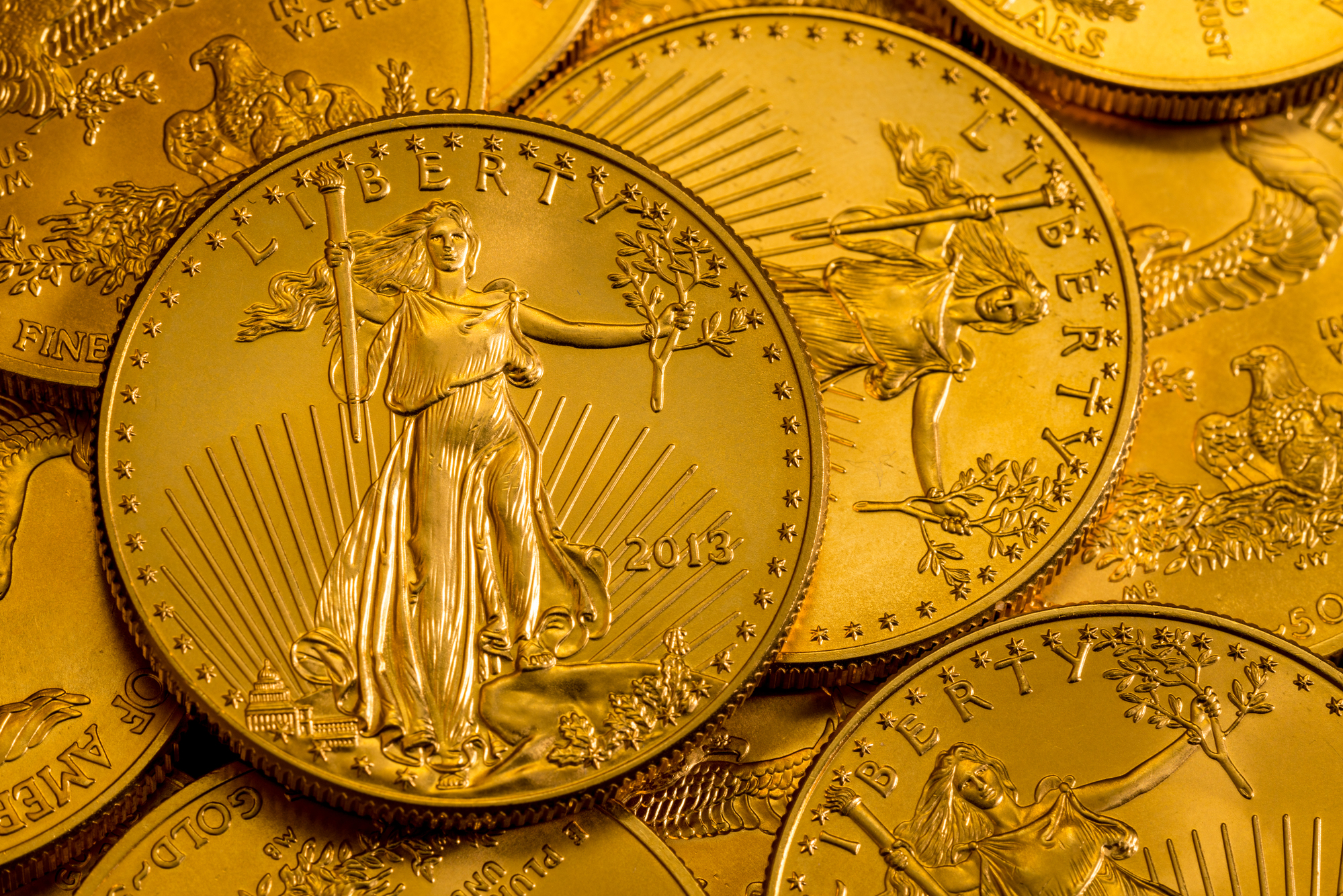
What Are Stock Market Investments?
Stocks represent ownership in companies and typically offer:
- Capital appreciation (price growth)
- Dividend income
- High liquidity
- Exposure to stock prices that fluctuate based on market conditions and company performance
Many investors also consider bonds and mutual funds as part of a traditional investment approach, as bonds provide stable income and lower volatility, while mutual funds offer diversification and professional management by pooling investments in stocks, bonds, and other assets.
Market fluctuations can lead to significant changes in stock values.
They are inherently tied to company performance and broader economic conditions, making them more volatile but potentially more rewarding over the long term. Investors can lose money if they sell stocks at a price lower than their purchase price.
Key Differences Between Precious Metals and Stocks
Volatility and Risk Profile
- Stocks: Prone to market swings due to economic data, earnings, global events, and changes in interest rates. Rising interest rates can negatively impact stock prices, especially for companies with high debt levels, increasing the overall risks for investors. Stocks also face risks such as volatility, regulatory issues, and market fluctuations.
- Metals: Historically more stable in times of crisis; less sensitive to central bank policy or corporate performance. However, precious metals are still subject to market fluctuations, storage costs, and regulatory risks, and their prices can change significantly in response to global events. Unlike stocks, physical precious metals do not depend on corporate earnings or carry counterparty risk.
Both stocks and precious metals are influenced by broader commodities markets.
Return on Investment (ROI)
- Stocks: Historically high long-term ROI (e.g., S&P 500 average 7–10%/year). However, past performance of stocks is not always indicative of future returns.
- Precious metals: More conservative growth; gold averaged around 7.7% annually over 20 years, with strong performance during recessions. Gold has also historically increased in value during market crashes, serving as a safe haven for investors. Investors should consider both past performance and potential future results when evaluating precious metals.
Investors realize gains or losses when they sell their assets.
Inflation Protection
Precious metals, particularly gold and silver, are renowned inflation hedges. Both gold and silver can serve as effective hedges during periods of inflation and economic downturns.
- Gold retains value as fiat currencies lose purchasing power. Gold has historically served as money and a store of value, making it a reliable means of preserving wealth over time. Many governments and financial institutions hold gold reserves to safeguard against economic instability.
- Stocks can benefit from inflation if companies pass rising costs to consumers—but not always.
Liquidity and Accessibility
- Stocks: Easily bought/sold through brokerage platforms.
- Bullion: Slightly less liquid, but easily tradable if purchased through reputable dealers like The Bullion Bank. Investors can also hold precious metals in a secure account with a financial institution.
- ETF (Exchange Traded Fund): An ETF or exchange traded fund allows investors to gain exposure to precious metals like gold, silver, and platinum without owning physical bullion.
Investment Trends in 2025
Economic Forecasts
- Continued geopolitical tensions
- Inflation remains elevated globally
- Central banks taking cautious approaches to rate cuts
Investor Behavior Shifts
- Growing preference for tangible assets
- Increasing distrust of financial markets among younger investors
- Diversification is key, leading to rising demand for physical bullion and the importance of diversifying a portfolio by including precious metals like gold and silver
- Individual investors are increasingly seeking alternative assets to strengthen their investment portfolio
Many investors are now including precious metals in their portfolios to diversify and protect against economic uncertainty. Adding precious metals can make an investment portfolio more resilient to market fluctuations and help stabilize returns during periods of economic instability.
Commodities and hard assets are gaining renewed attention
Investors looking to diversify are increasingly turning to precious metals. Precious metals are considered a commodity, a class of tangible assets that can help hedge against inflation and market volatility, making them an important part of a diversified portfolio. While gold remains a classic choice, silver coins are also a popular form of physical investment, though they may come with additional costs such as premiums, storage, and insurance. In addition to buying physical assets, investors can gain exposure to precious metals through mining stocks, which represent companies involved in the extraction of these resources. Beyond gold and silver, other precious metals like platinum and palladium offer further diversification and can serve as a hedge against economic uncertainties.
Portfolio Diversification Strategy
Why Not Both?
A balanced investor in 2025 might hold both:
- Growth assets (stocks, ETFs)
- Defensive assets (gold, silver)
A well-rounded investment strategy often involves holding both stocks and precious metals to balance growth and risk.
This reduces risk without sacrificing long-term growth.
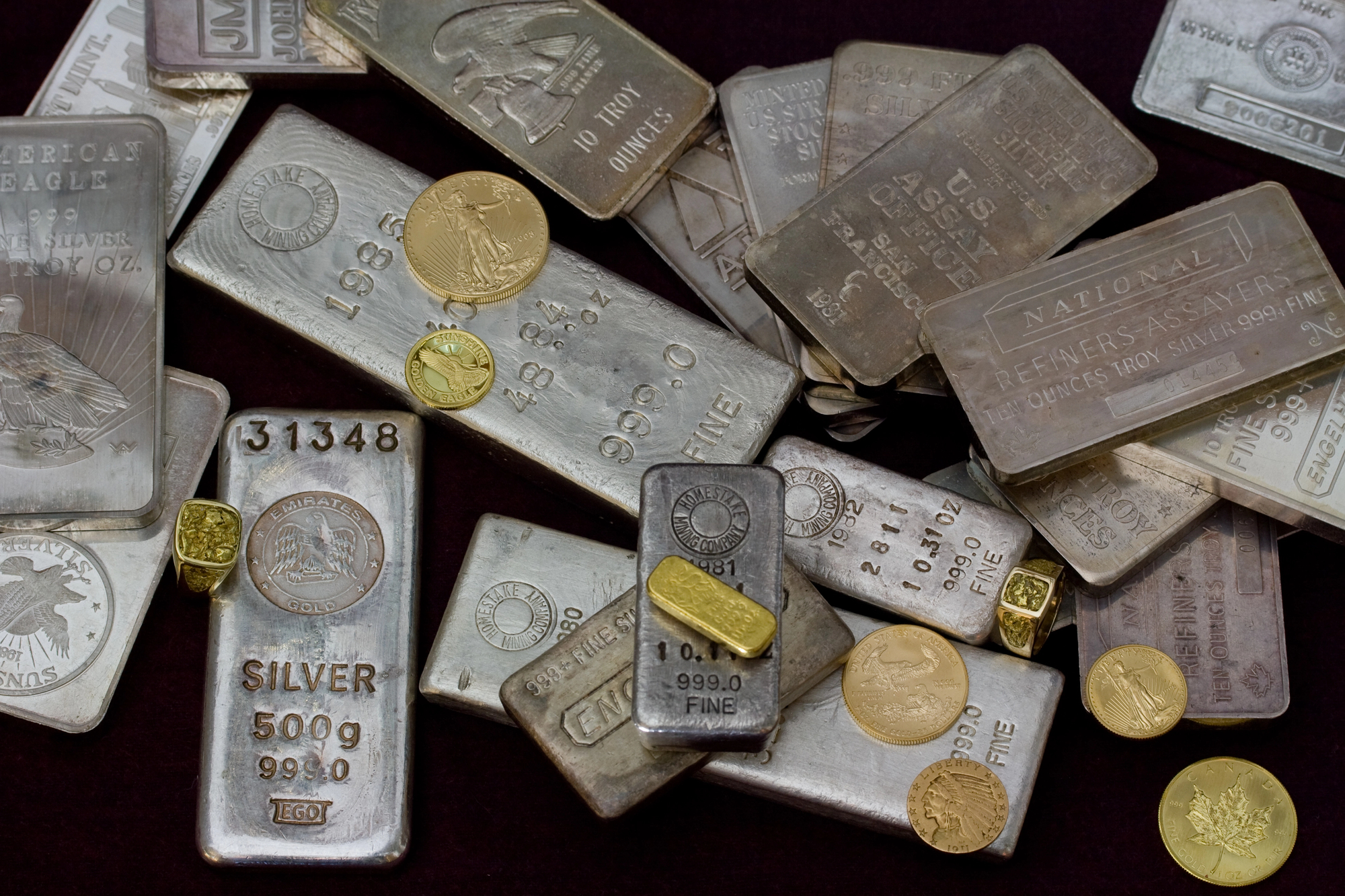
Benefits of Precious Metals in a Portfolio
- Hedge against currency devaluation
- Store of value during economic downturns, providing security for investors during times of economic uncertainty
- Uncorrelated with equities
- Many consider precious metals a good investment for long-term wealth preservation
Investing in a precious metal, such as gold or silver, offers durability, rarity, and can act as a hedge against inflation and economic uncertainty.
Benefits of Stocks
- Long-term capital growth
- Income via dividends
- Exposure to innovation and business expansion
Practical Considerations Before You Invest
Costs and Fees
- Stocks: Brokerage fees (often minimal), potential management fees for funds
- Bullion: Dealer premiums, shipping, storage, and insurance costs
Taxes and Regulations
- Capital gains apply to both, but tax treatment varies by jurisdiction.
- Gold and silver can be held in precious metals IRAs for tax-deferred growth.
Buying Precious Metals: What You Should Know
When buying bullion:
- Use trusted dealers like The Bullion Bank
- Confirm product authenticity (e.g., LBMA-approved gold bars)
- Choose between delivery or secure storage
Before making any precious metals purchases, consider consulting a financial advisor to ensure your investment aligns with your overall financial goals and risk tolerance.
Conclusion: Which Is Better for You in 2025?
There’s no one-size-fits-all answer. The choice between investing in precious metals vs stocks depends on your:
- Risk tolerance
- Financial goals
- Market outlook
- Investment horizon
Consider bullion if you seek safety, inflation protection, and tangible assets. Opt for stocks if you’re aiming for growth and can handle volatility.
For most investors, the smartest move in 2025 may be a diversified portfolio that includes both.
Ready to Secure Your Wealth with Bullion?
At The Bullion Bank, we offer a wide selection of investment-grade gold and silver, secure storage options, and expert support for both beginners and seasoned investors.
Explore our bullion collection now and take the next step toward a more secure financial future.

